The iPhone 16 offers a newer and brighter display than the iPhone 16e. The notch is smaller and integrated into the “dynamic island,” which is useful to display key information from apps running in the background.
As an overall package, it delivers the full iPhone experience with a solid balance of well-built hardware and polished software features, except for the 60Hz screen, which is at a disadvantage compared to competing Android handsets in the same price range and even cheaper ones.
With the touch-sensitive Camera Control button, you can finally focus on your subject while taking a photo. The main camera can capture 48MP images but defaults to 24MP for better dynamic range and faster shutter speed. The ultrawide lens offers 0.5x optical zoom and, like the front camera, captures 12MP photos.
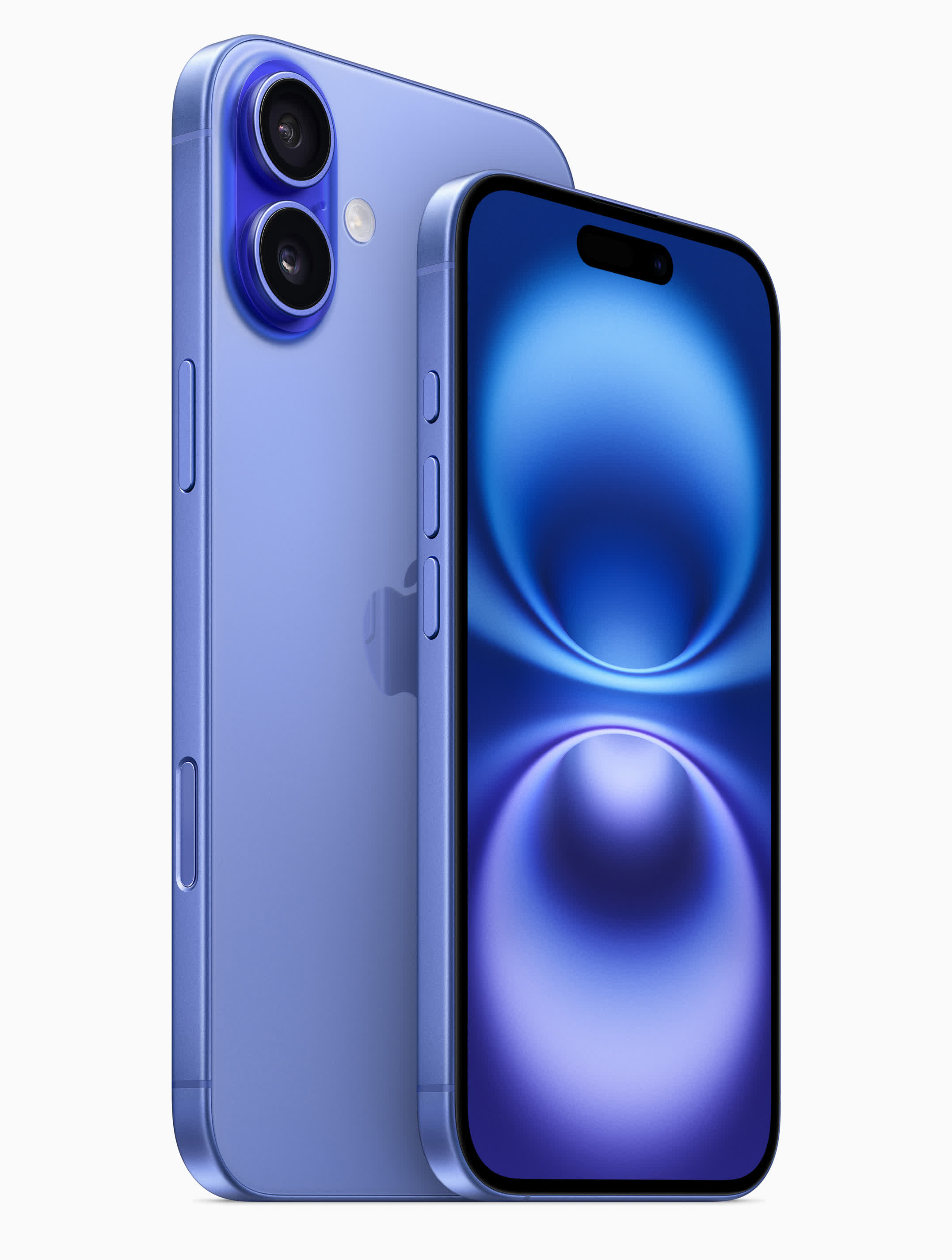
If you want a larger screen and battery, you can get the 6.7-inch iPhone 16 Plus for an extra $100.
OnePlus 13
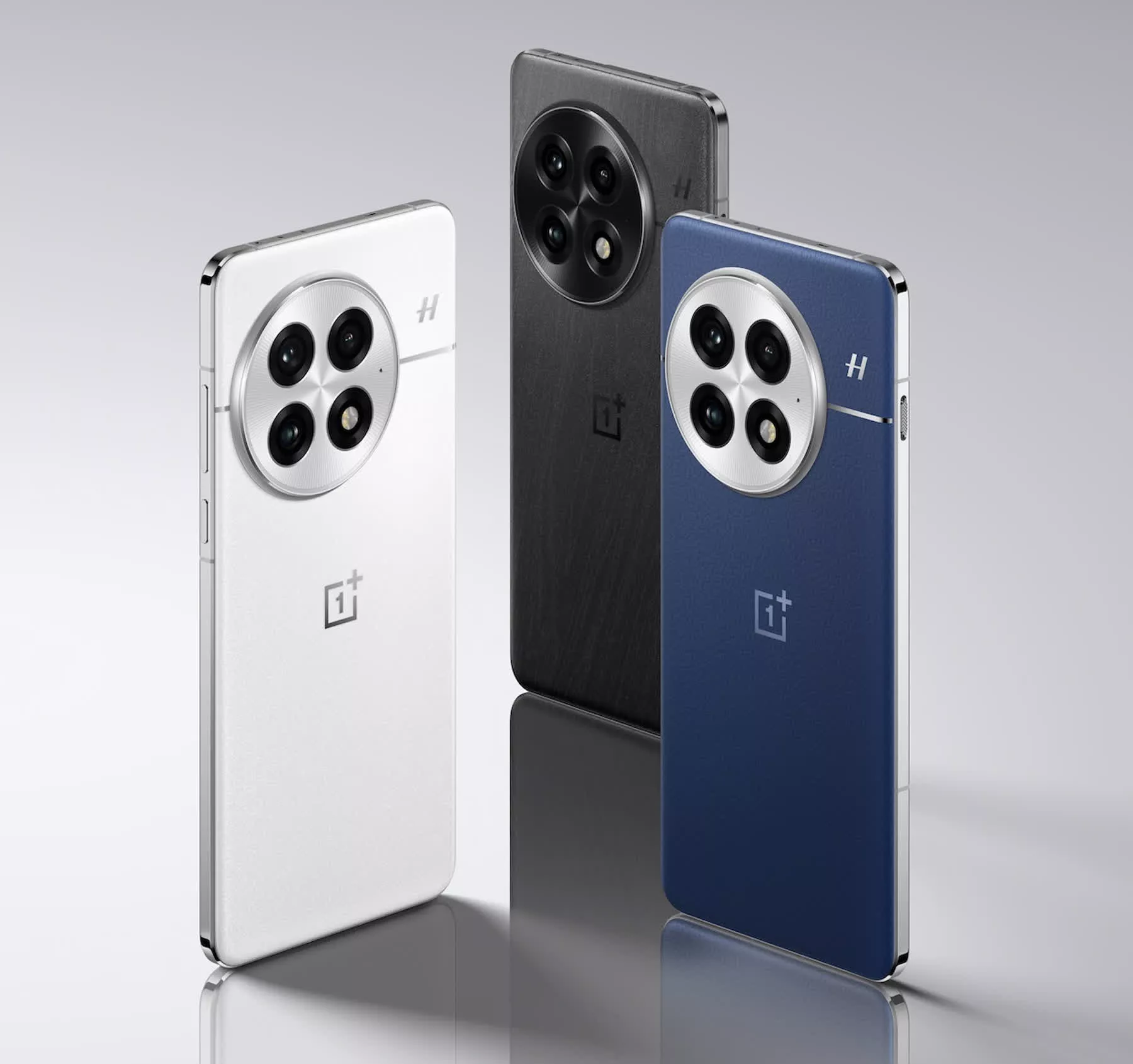
With improvements across the board, the OnePlus 13 makes it hard to justify buying more expensive Android phones, like the Samsung Galaxy S25 Ultra and the Google Pixel 9 Pro XL. The Qualcomm Snapdragon 8 Elite processor rivals the Apple A18 in single-core performance, and beats it in multi-core.
The OnePlus 13 has an IP68/IP69 rating, meaning it’s resistant not only to immersion but also to high-temperature water jets – making it safe to use even if you work at a car wash. With a 6,000mAh battery, the OnePlus 13 provides great battery life despite the 1440p, 6.8-inch display. Unlike the OnePlus 13R, it’s a dual-cell battery, so it will charge faster with the same charger.
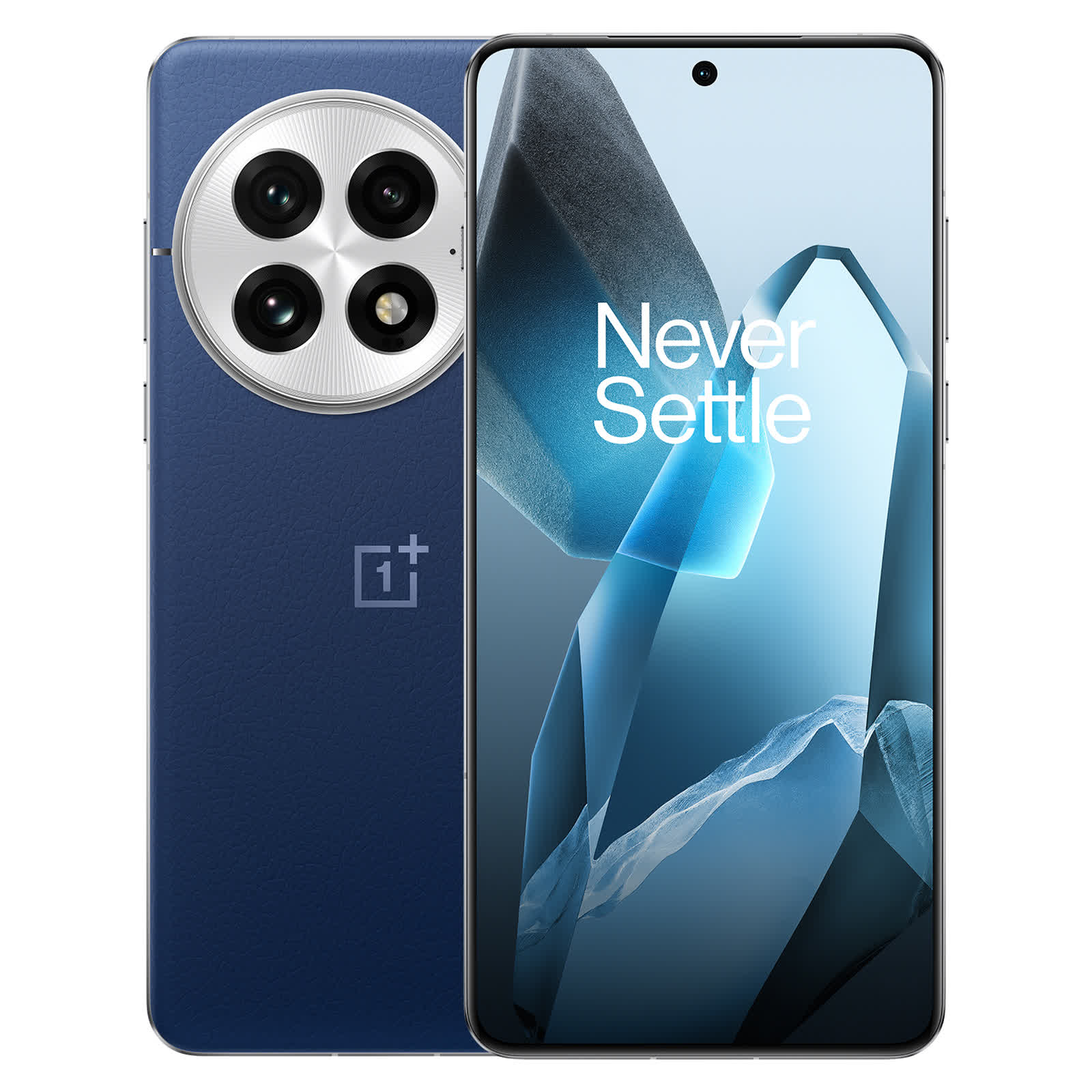
The main, ultrawide and telephoto (with 3x zoom) cameras all provide a 50MP resolution. The selfie camera shoots at 32MP, but its fixed focus makes it less optimal for usage with a selfie stick.
The OnePlus 13 starts at $899 with 12GB of RAM and 256GB of storage, and for another $100 you can increase that to 16GB of RAM and 512GB of storage. Many phones are cheaper, but none of them offer similar hardware specifications.
Samsung Galaxy S25
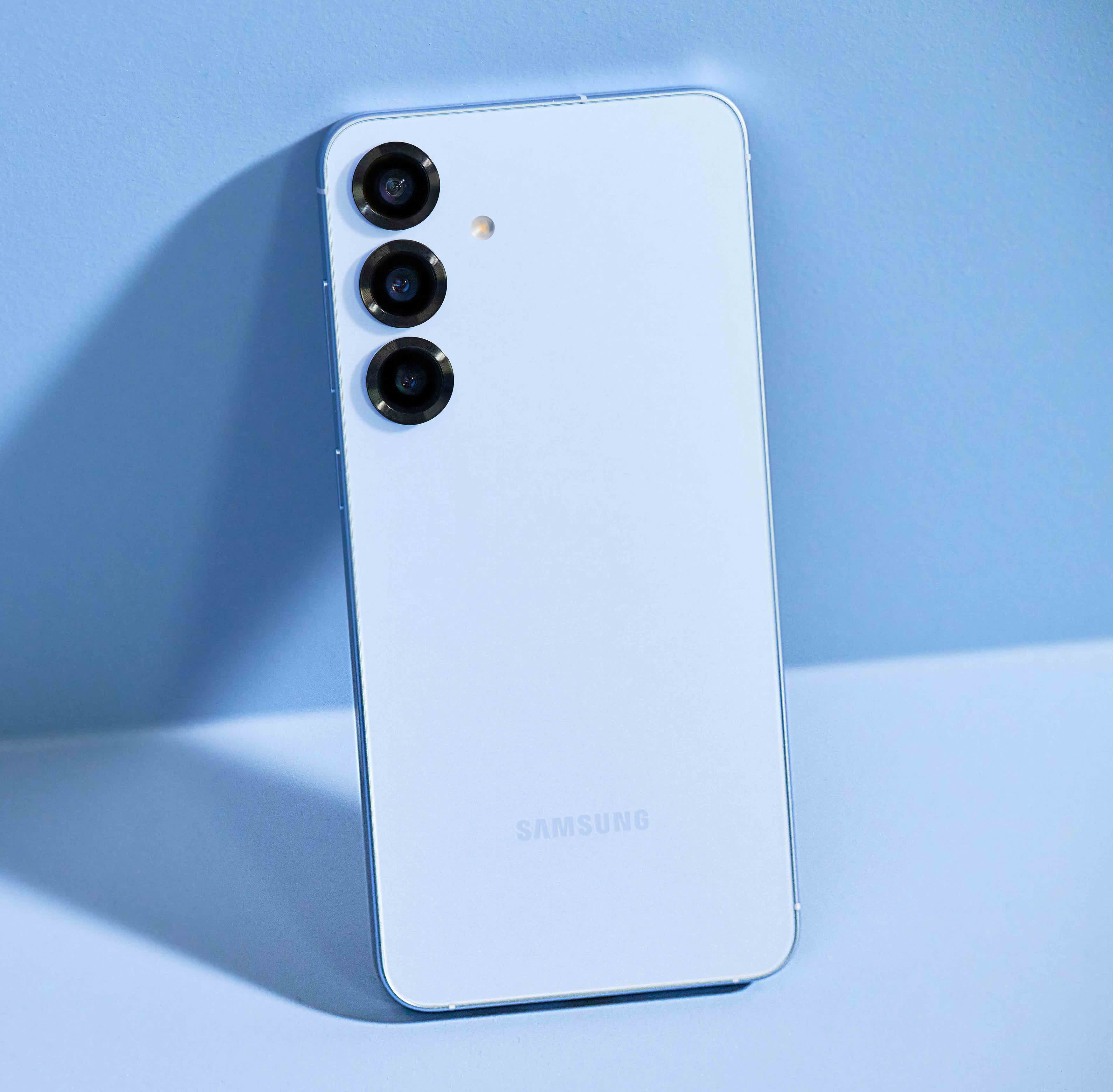
At this point, the Samsung Galaxy S has remained mostly the same on the outside for several years, while competitors from OnePlus and Google have kept improving. So why do we recommend the Galaxy S25 for some? Because it’s the only Android phone that’s as powerful as the OnePlus 13 and as compact as the Pixel 9 with a 6.2-inch display.
With the compact size comes a smaller 4,000mAh battery, but the smaller, 1080p display somewhat makes up for that in battery life. The 50MP main camera (saving 12MP photos by default) remains, and the rest of the setup is well-rounded but basic, with 12MP front and ultrawide lenses, and a 10MP telephoto camera with 3x optical zoom.
The Galaxy S25 starts at $800 (although frequent discounts bring the price closer to $700) with 128GB of storage, and to match the OnePlus 13’s 256GB you’ll need to add $60. Samsung’s advantage over OnePlus is the promise of seven years of OS and security updates.
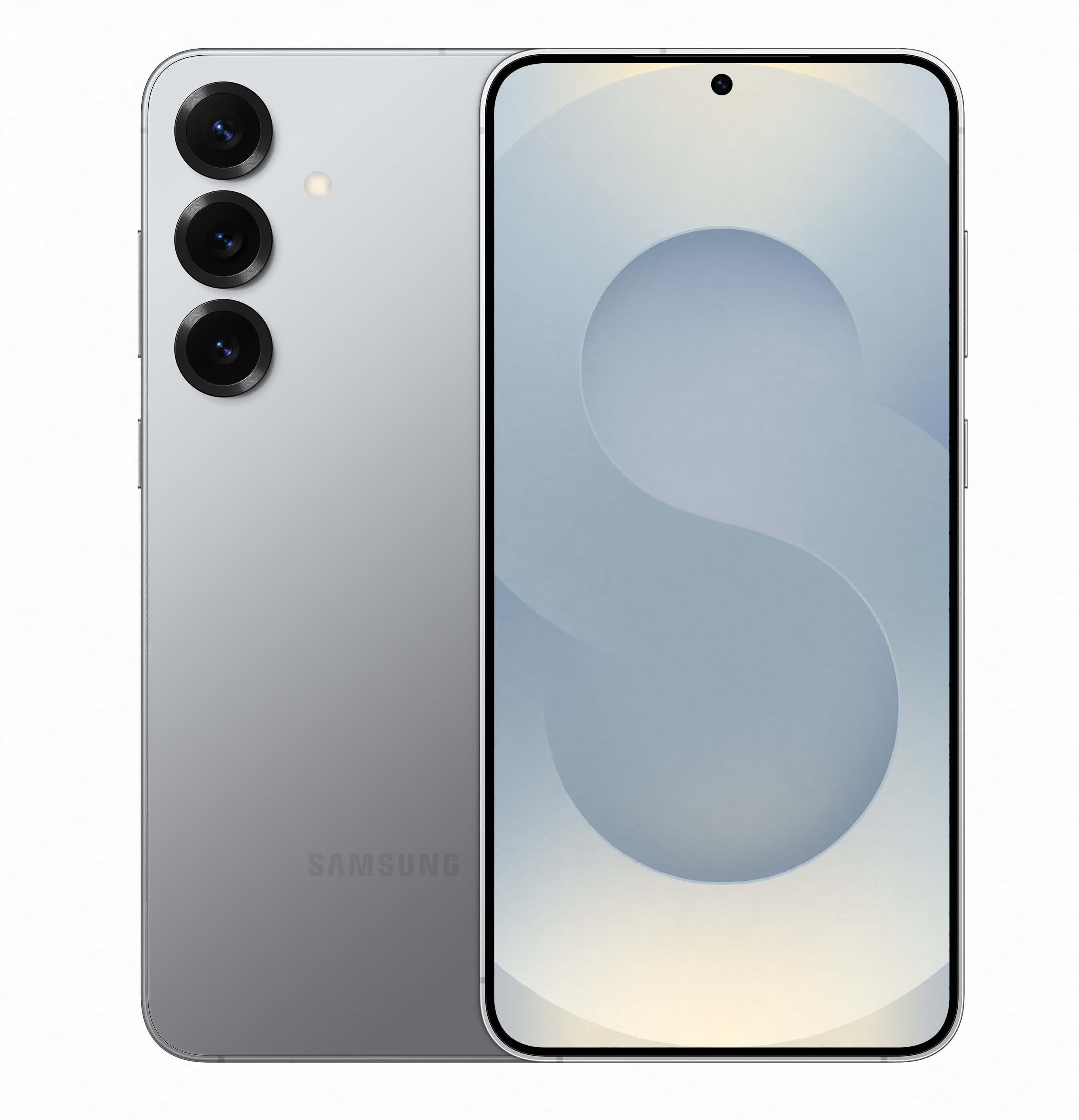
For those who favor larger screens, the Galaxy S25+ offers a 6.7-inch display (with a higher 1440p resolution), a bigger battery to compensate, and 45W wired charging compared to the base model’s 25W. Additionally, it features ultra-wide band (UWB) support, ideal for pinpointing Bluetooth-linked items such as Galaxy SmartTags.
The Galaxy S25+ starts at $1,000 (though it’s often available for ~$850), providing 256GB of base storage, so if you were planning to get that amount anyway, it’s only $140 more expensive than the S24. On the other hand, the Galaxy S25 Ultra adds too little for too much money, especially now that the S Pen no longer supports Bluetooth functionality.
To fold, or not to fold?
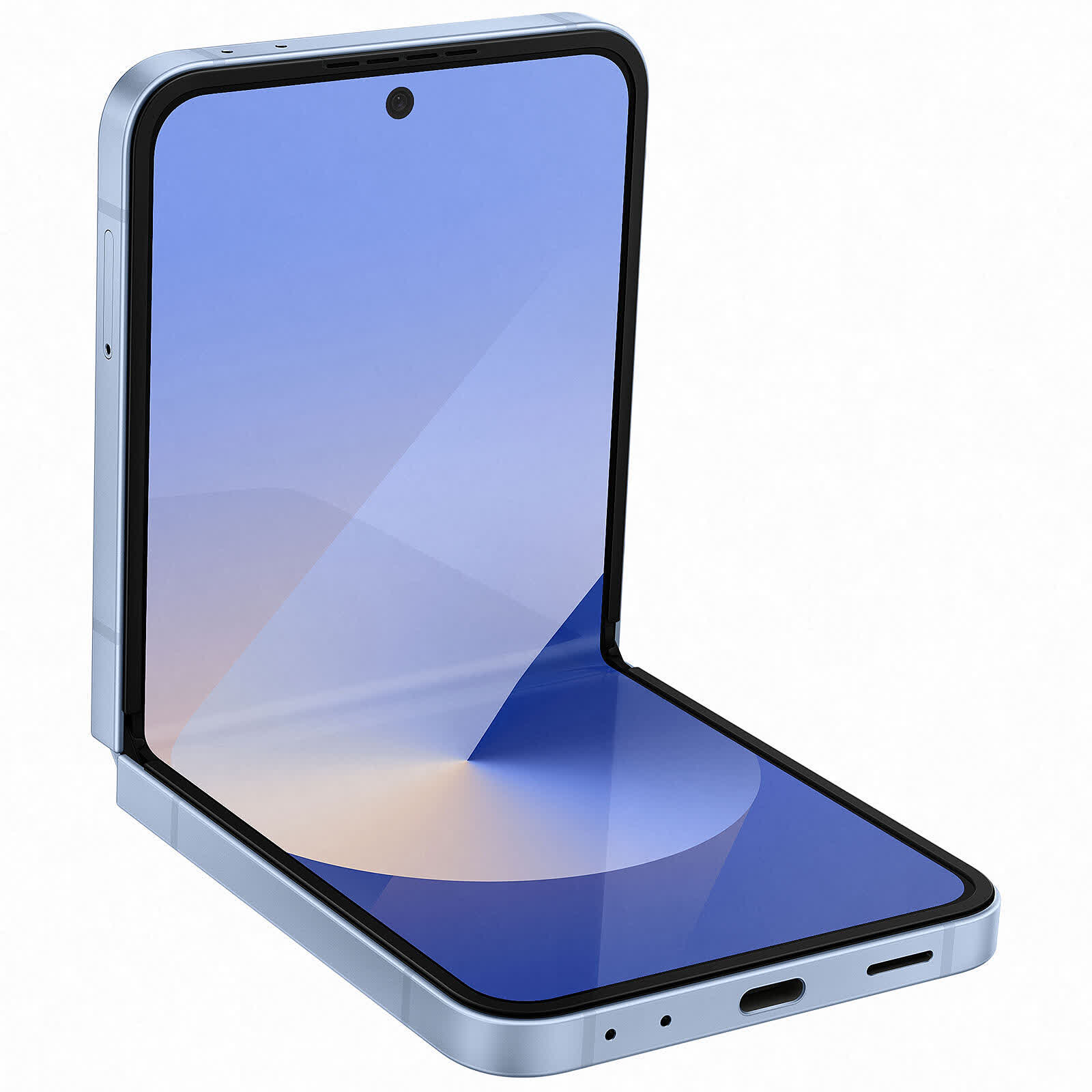
Foldable phones, like the Samsung Galaxy Z Flip 6, might seem tempting. However, their design restricts battery and camera configurations. With a prev-gen SoC and a noticeable crease when unfolded, the Flip 6’s $1,100 price point (often discounted to $900) is higher the Galaxy S25+, and it’s more scratch-prone and less dust-resistant.
If you really need the unique form factor, you should wait for the reviews of the Motorola Razr (2025), named after the legendary Razr V3 and promising a higher-quality external display that can fully replace the main one more often. Otherwise, you should probably look elsewhere.


